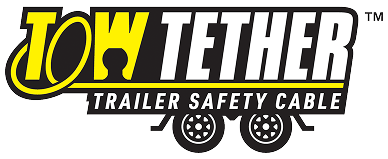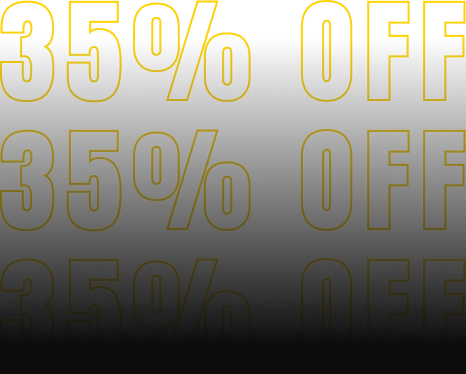Tow Safe, Tow Smart, Towtether.
Safety on the road starts with the right gear. These essentials help protect you, your cargo, and everyone around you.
Incorrect hitching is ONE of the top causes of trailer accidents. Here’s how to do it the right way every time.
Check all wiring connections, tire pressure, and brake function before every trip. Safety is not something to “hope” for it must be built into every haul.
Understanding Trailer Towing: Choosing the Right Trailer for the Job.
Towing is more than just hooking up and hitting the road it’s about selecting the right trailer that fits your cargo, load weight, and job type.
Low load angles, perfect for equipment with low ground clearance like scissor lifts or landscaping tools.
Built for heavy-duty hauls like debris removal, landscaping bulk loads, or machinery. Features like a tarp system and chain drive boost safety and efficiency.
Protects valuable equipment from weather and theft ideal for contractors and motorsport haulers.
Check:
Gross Vehicle Weight Rating (GVWR)
Tongue Weight Limits
You’ll avoid legal trouble, mechanical failure, and serious safety risks by towing within your trailer’s rated specs.
Match your tow vehicle’s capacity with your trailer and always leave a margin for extra gear or load shift.
When you’re towing, safe and secure. The right safety gear can mean the difference between a secure haul and a dangerous road hazard. Here’s what every trailer owner should consider:
Incorrect hitching is ONE of the top causes of trailer accidents. Here’s how to do it the right way every time.

© Copyright Towtether, 2025
You’re officially in—welcome to exclusive dealer access! Unlock special pricing now and save big with our 10‑pack bundle at 35% off.
Use promo code at checkout to claim your savings. Happy towing! *Offer valid on orders of 2 bundles or more.
